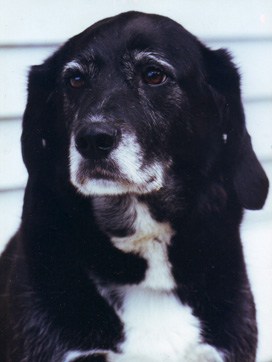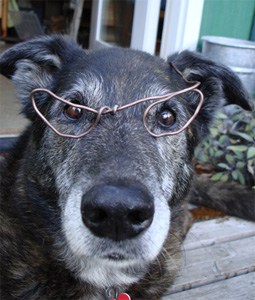Toxic Hazards of Spring
Gardening is a favorite springtime activity in the Poulsbo & Bainbridge Island area that often uses products that are toxic to dogs and cats to achieve the beautiful results we all enjoy. Our early spring means it is not too soon to think about the hazards in our own back yards. Pets often come in on emergency for ingestion of outdoor toxins that their owners (or their neighbors) were not even aware were harmful.
Most Common Outdoor Toxin
Probably the most common spring time hazard that we encounter is slug and snail bait ingestion. Often, pet owners avoid using slug baits containing metaldehyde, because they understand that these are significantly toxic. Their neighbors, particularly ones without pets of their own, may not share this awareness.
I am sad to admit that one of my own dogs years ago ingested metaldehyde slug bait when visiting my parents. Their yard was not fenced, and the neighbor had spread some that day. It is very attractive to dogs, and causes muscle tremors, hypersalivation, and even seizures and death. Fortunately, my dog Payton was treated quickly and recovered fully.
I think many pet owners opt for the “pet friendly” slug baits containing iron phosphate. They are relatively safer, but when ingested in large amounts (as dogs often do) they can cause significant gastrointestinal signs and iron toxicity. Because of this, the hosta plants in my yard look like swiss cheese.
Story of my Worst Outdoor Toxin case
One of the worse insecticide toxicities I have ever dealt with, was 2 dogs that ingested a rose plant treatment containing disyston. Both dogs developed difficulty breathing, and the ASPCA poison control veterinarian said that there was a significant probability of death if they were not treated with an antidote. The closest place we could locate the antidote was Stevens Hospital in Everett. The owner jumped on a ferry and returned with the antidote, and really saved her own dog’s lives.
A less toxic hazard
Much less toxic, but still a cause of significant gastrointestinal signs is Cocoa Mulch. The cocoa bean shells can cause symptoms similar to a chocolate toxicity when ingested in large volumes. And what self-respecting Lab wouldn’t want to consume large quantities of dirt that smells like chocolate!
A word about Toxic plants
Plants are also a significant source of toxicities and there are so many of them. The ASPCA maintains a database of plants that are toxic to companion animals at http://www.aspca.org/pet-care/animal-poison-control/toxic-and-non-toxic-plants. It is an excellent reference to check out before adding plants to your garden. One plant that I would like to mention because it is so toxic to cats, are lilies. I am talking about true lilies, the Tiger, Day, Easter, or Asiatic type. Ingestion of small amounts, such as just the pollen or 2-3 petals or leaves can cause severe kidney failure. They are so beautiful and fragrant, and often sent in floral arrangements by well intentioned friends, but really should be avoided if kitties are in the house.
Stay safe with prior proper planning
It is always a good idea to keep both our number (360•779•6534) as well as the number for ASPCA poison control (888•426•4435) on hand.
I hope this will help you and your four-legged buddies enjoy this beautiful time of year!
Dr. Lisa



The slugs in our yard know that they have free reign. In fact, I had to take down window boxes so they would stop pooping all over my house! Fortunately the girls are not as interested in eating the fresh slugs like Oscar did.
Hi Pattie-
I hear you on the slugs…….. Butters hasn’t been interested in eating the slugs themselves….yet. I briefly contemplated doing the beer treatment in my yard, but I’m pretty sure Butters would be interested in imbibing given the opportunity.
Nicely written
, thank you for the information .
My mother used beer ,but Pete might be game for that .
Butters and Pete could belly up together! Don’t know that it would do much to control the slugs feeding in the garden though……. ; }